Textile innovation: soft and recyclable fibers inspired by arachnids
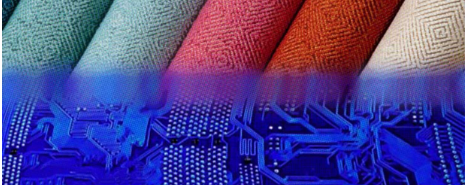
Hello, readers! Today we are going to talk about smart textiles and how they can revolutionize our way of dressing. These textiles are great because they can be used in a wide range of technological applications, from therapeutic clothing to sensing and communication devices. They are like a Swiss Army Knife of fashion! But here’s the catch: In order to work properly, these textiles need to be strong, elastic, and electrically conductive. It’s like they have to juggle while walking a tightrope! However, manufacturing fibers with all these properties is challenging and requires complicated equipment and conditions. Can we find a simpler solution?
Well, our research friends took inspiration from nature to solve this problem. They watched the spiders spin their delicate webs and thought, “That’s what we need!” So they got to work and created an innovative method to produce soft fibers with all those key properties and best of all, that can be easily recycled into more fibers! Recycling is in! Just imagine, this manufacturing method can be carried out at room temperature and pressure, using fewer chemicals and less energy. It’s like a yoga class for textile fibers! It is a super attractive option to produce soft and functional textiles for all kinds of smart applications. There are no limits to what we can achieve!
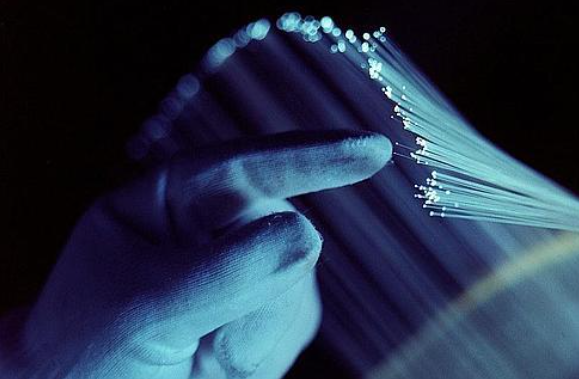
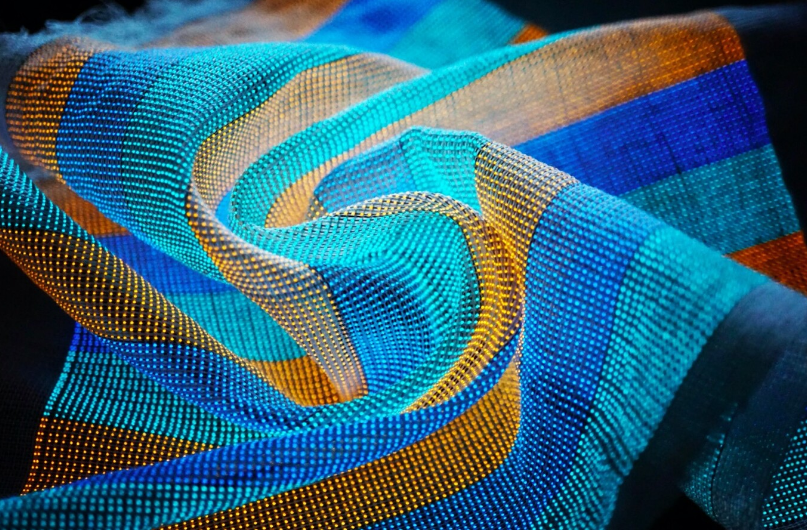
Our intrepid Assistant Professor Tan and his team proved it all. They deserve a round of applause! But how did they do it? Well, instead of using conventional spinning methods, which are complicated and require a lot of energy and chemicals, they decided to imitate the natural spinning process of spiders, these little critters are true masters of yarn. They created a new process called PSEA, which mimics two key steps in the formation of spider silk. So far it seemed more like a science fiction class than a science class, right?
The trick was to spin soft fibers from a viscous gel solution with a complicated name: PANSion. This solution is like a gelatinous mass that, when stretched and twisted, turns into a soft fiber. It’s like stretching before exercising! But here comes the kicker, once the fiber is exposed to the air, thanks to a magical effect induced by the steam, the liquid part of the gel solution separates and the droplets fall off, leaving only the solid fiber. It’s as if the fiber is doing a dance of droplets in the air!
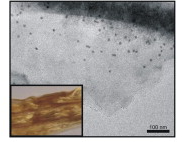
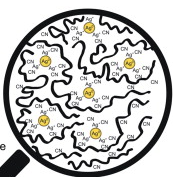
And most impressive of all, these resulting soft fibers are strong, elastic, and electrically conductive! Our researchers ran strength and elasticity tests, and these fibers proved to be as strong as a bridge’s steel cable and as elastic as chewing gum. Unbelievable, isn’t it! But wait, there’s more! These soft fibers can be used in all sorts of smart applications, they can be part of a gaming glove, detect changes in temperature, or even be part of a smart face mask that monitors your breathing. It’s like having your own personal assistant in your clothes!
And best of all, these soft fibers are environmentally friendly. They are like fashion activists! They can be recycled by dissolving them in a common solvent, so they can be turned back into a gel solution to make more fibers. It’s like giving them a second life. This is just the beginning, the research team will continue working to make these soft fibers even more sustainable, from the use of materials to the final recycling of the product. The future of smart fashion looks bright and green!
Well, that’s all for now! I hope you have enjoyed this walk through the world of smart textiles and web spiders. Remember, fashion can be smart and fun at the same time! See you in the next blog. So long, weavers of the future!

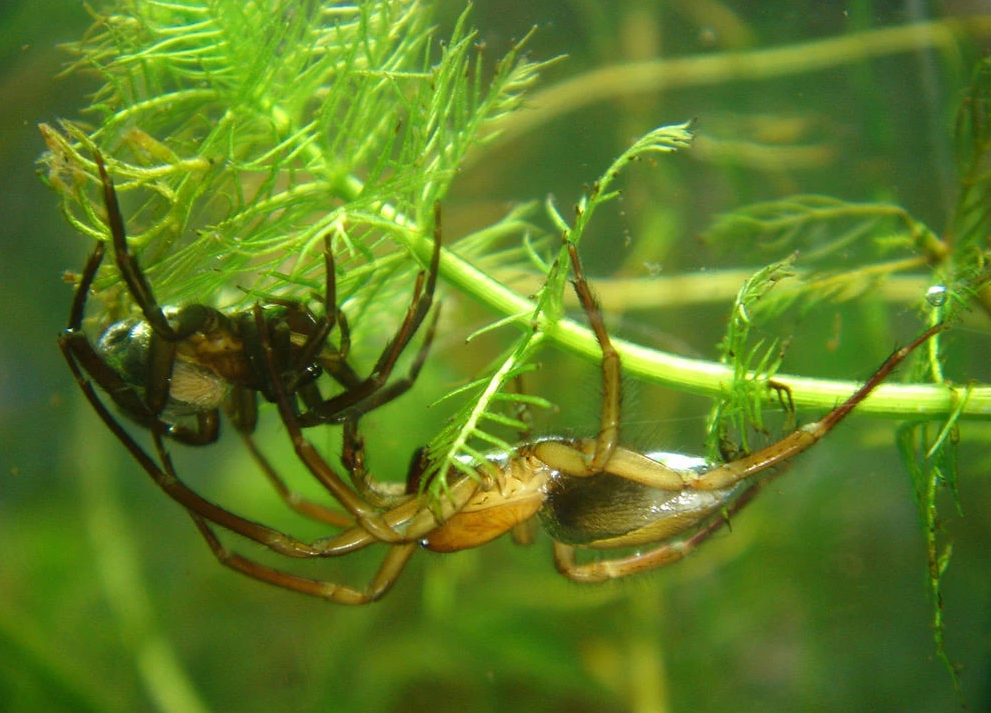

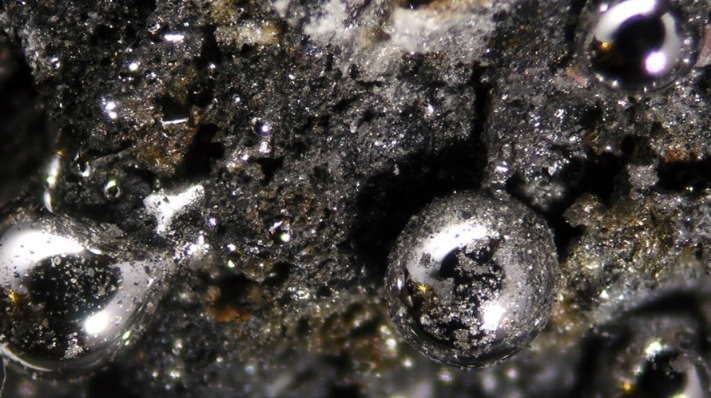
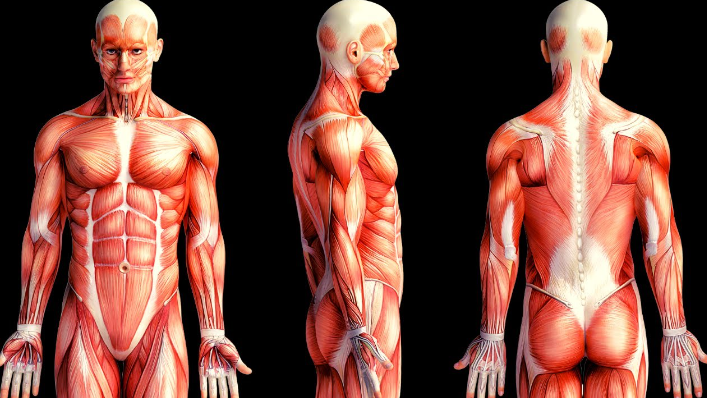
Responses